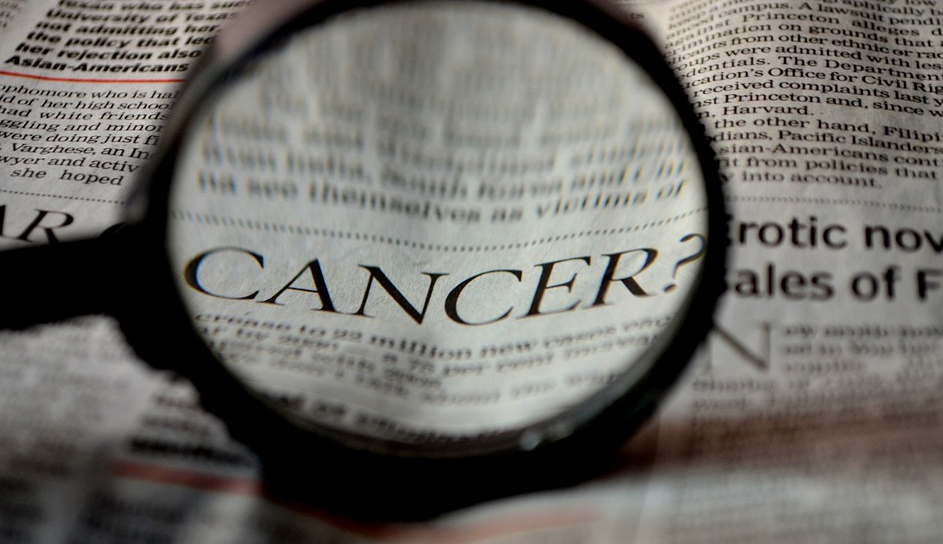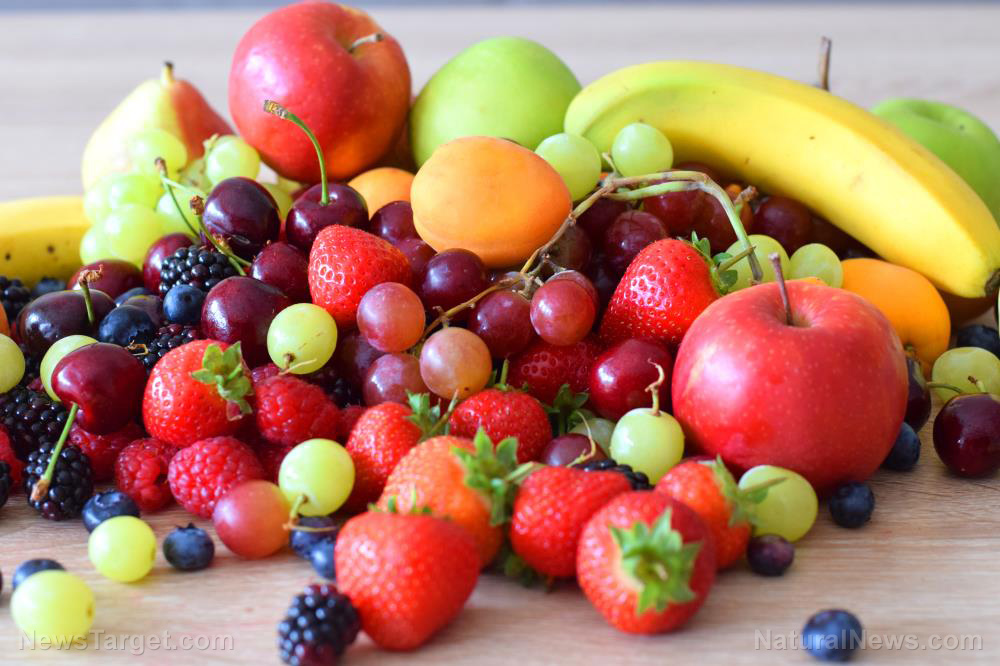Why you should take red sage for better brain health
03/18/2019 / By Michelle Simmons

Today, more and more people have become interested in the use of medicinal herbs. One of the most commonly known herbal medicines today is red sage (Salvia miltiorrhiza), also known as Chinese sage or danshen. For centuries, red sage is a traditional Chinese medicinal herb that has been widely used for the treatment of various conditions, such as cardiovascular diseases. When researchers from Zhejiang University in China looked at the neuroprotective effects of red sage on subarachnoid hemorrhage, a life-threatening type of stroke, they found that red sage, particularly its compound called magnesium lithospermate B (MLB), exhibits powerful neuroprotective effects against the disease.
Earlier studies have shown that MLB, a bioactive ingredient extracted from red sage, has exhibited neuroprotective effects on some problems in the central nervous system. However, there is not much information on whether it is effective on brain injuries brought about by subarachnoid hemorrhage. Therefore, the Chinese researchers looked at the neuroprotective effects MLB in red sage on brain injury caused by subarachnoid hemorrhage and explored the potential mechanism.
In conducting the study, they administered either 25 milligrams per kilogram (mg/kg) or 50 mg/kg of MLB to rats 30 minutes after inducing subarachnoid hemorrhage. The results revealed that MLB dramatically reduced brain edema and brain dysfunction brought about by subarachnoid hemorrhage. In addition, it dose-dependently prevented the activation of microglia and decreased nerve cell death. Moreover, the treatment with MLB also reduced inflammatory markers, warding off inflammation. These results show that MLB exhibited its powerful neuroprotective effects against subarachnoid hemorrhage by suppressing nerve inflammation and cell death.
With these findings, the researchers conclude that red sage could potentially be used as a promising treatment for treating brain damage caused by subarachnoid hemorrhage. These findings were published in The American Journal of Chinese Medicine.
Stroke, together with heart attacks, are the leading causes of death around the world. In 2016 alone, both caused 15.2 million deaths. For the last 15 years, both stroke and heart attacks have remained the world’s biggest killers.
Subarachnoid hemorrhage is a type of stroke that occurs due to bleeding into the space surrounding the brain – which can be caused by a ruptured aneurysm, brain arteriovenous malformation (AVM), or head injury. This disease can cause disability and death. For those who will survive, they need treatment that focuses on stopping the bleeding, restoring normal blood flow, and preventing the sudden constriction of a blood vessel.
Red sage – its other benefits, doses, precautions
A popular component in Chinese herbal medicine, red sage grows as high as 60 centimeters (cm) with rough, oval-shaped leaves and different colored flowers, depending on the variety. Its leaves – both fresh and dry – can be used as a flavoring in many foods, including poultry, while the rhizome and root are used for medicinal purposes. During autumn and early winter, the root is harvested, washed clean, and dried in the sun to be used either raw or after being fried with wine.
In traditional Chinese medicine, red sage root is believed to enhance blood flow, which can help address irregular menstruation, dysmenorrhea, and amenorrhea, relieve inflammation, and calm the mind. (Related: Scientists find that red sage extract with liquefied calcium improves osteoporosis symptoms.)
The standard dosage of red sage root to be used varies between 5 and 15 grams per day, depending on the condition it is to be used for. While it is often combined with other herbs like peony, Chinese angelica, sandalwood, and turmeric to amplify its effects, it should not be used together with black false hellebore root and blood thinning medicines. It is still best to consult a health care professional before taking this herb to avoid any potential complications.
Read more news stories and studies on natural medicines like red sage for brain damage by going to Brain.news.
Sources include:
Tagged Under: alternative medicine, apoptosis, brain damage, Brain Injury, cerebrovascular disease, Chinese medicine, Chinese sage, danshen, herbal medicine, Herbs, inflammation, magnesium lithospermate B, medicinal herb, medicinal herbs, medicinal plants, natural remedies, neurons, red sage, stroke, Subarachnoid hemorrhage



















